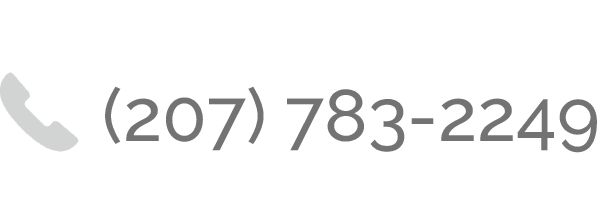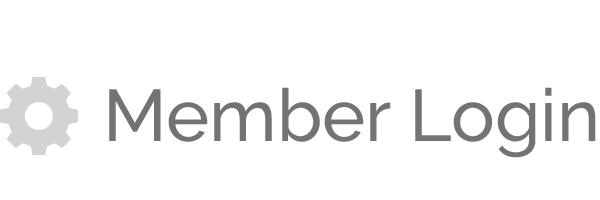Key Resources and Our Approach
Last Friday, late in the afternoon, the Mills administration announced the Rural Reopening Plan. This announcement was on the heels of the expanded testing announcement, made the day before. The major takeaway– 12 of our 16 counties would be opening retail, restaurants, and camping 2-3 weeks earlier than noted in the original stages of the Safe, Gradual Plan to Restart Maine’s Economy; Androscoggin was not among them.
What does this mean for you?
You have the advantage of the next two weeks to prepare for reopening- a luxury many counties in Maine weren’t afforded. And you need this time to prepare. At the end of this post, I have called out the specific references and resources that you will find the most helpful. The single most important piece worth calling out twice is the General Guidance checklist. Any industry with their own checklist (listed on the DECD site now or in the future) requires you to also follow the general guidance. There are a lot of factors all businesses should be considering as Maine reopens. If you have been open all along– this new stage of reopening still offers new information and guidance for you that allows for interactions with the public and vendors again. If you are preparing to reopen, you will need to review the checklists that are available, keeping an eye out for new checklists for your industry, and most importantly– look for any changes in the general guidance specific to the relaxing of some protocols.
What does this mean for us?
Like you, the LA Metro Chamber is preparing to reopen. We are looking at offering events limited to 50 people, hosting seminars onsite, and continuing our business services in office. We are committed to offering all in-person events with a virtual-join option for our at-risk members. We are also committed to our in-office and event operations following all Maine CDC guidance.
What does “Reopening” really look like?
As we prepare, we wanted to share some of our key lessons with you, helping you think through your preparations. We have consulted with our attorney and insurance carriers. Consider this a case study, a peek inside how one organization is preparing. Here are the key factors that we suggest focusing on:
Employee Preparedness and Protocols
Training– This includes providing the training outlined in the Retail Checklist, many of which we will be providing virtually to our members in the coming weeks to support you. Key trainings:
- Physical distancing expectations (required)
- Monitoring and reporting employee personal health (required)
- Cleaning protocols (required)
- Use, removal, and disposal of PPE at work (required)
- De-escalation techniques (suggested)
Remote Workforce– Your at risk employees are recommended to stay home when possible through Stage 3 (at least August). The Families First Coronavirus Response Act has implications for those who remain remote, as well as future sick or required quarantine absences that your workforce will experience.
Staff Sentiment– This includes your staff’s readiness and willingness to participate in the work environment, interacting with members of the public who might be experiencing anxiety or anger, taking on new roles for cleaning or temperature checking, and more.
Facility Preparedness and Protocols
Changes to the Physical Environment– This includes adding floor markings for 6ft distancing for line management, using floor marking to delineate public and employee-only spaces, closing or changing break rooms, changing furniture layouts, adding signage, and posting limits to the number of people.
New Purchases– This could potentially include thermometers, disposable masks/face shields/gowns (industry dependent), clear barriers, single use items (condiments and more), and necessary disinfectant supplies. Be prepared, but patient while many of these items are in demand and delayed in shipping.
Disinfectant Protocols- This includes clear internal procedures and processes for what gets cleaned, how often, by who, and how you record it.
Risk and Liability
Lawsuits may be next battleground for businesses as pandemic economy reopens- BDN Article
Employee Illness– This will be governed by the Maine Workers’ Compensation Act. From our attorney- “If the infection arose out of and in the course of employment, then it is compensable and the employer’s Workers’ Compensation insurer will be liable.
Employee PPE– This is governed by OSHA’s Guidance on Preparing Workplaces for COVID-19. A few important notes (from our attorney)
- While most guidance is suggested, face coverings for employees are mandatory.
- Employees must follow “informal dialog” under the ADA reasonable accommodation standard for any exemptions from face covering, and provide medical documentation to their employer to be exempt.
- If an employee refuses to wear PPE where required, they are subject to discipline.
- If an employee is symptomatic, they should be sent home.
Public/Customer PPE– If a customer feels unsafe, they should be helped away from the business as soon as practicable. The Order to Stay Safer at Home (through May 31st with potential for extension) does not require a medical note provided for a customer’s refusal to wear a mask. The business will be responsible for weighing the risk of an ADA claim against their risk for public health and other customers’ claims.
Will we see you soon?
As you, other businesses, and the Chamber prepare for reopening, there is plenty of excitement to see each other again. We are also hearing the trepidation from business owners as they gauge customer behavior. Will you take this 3 question poll to help us get an insight into customer behavior? Share with others and on your social media, helping us get meaningful results we can share with you and our members.
TAKE THE POLL
DID WE MISS SOMETHING?
Complete listing of Maine CDC’s FAQ’s
LA Metro Chamber key links and Pathway to Reopening recordings






